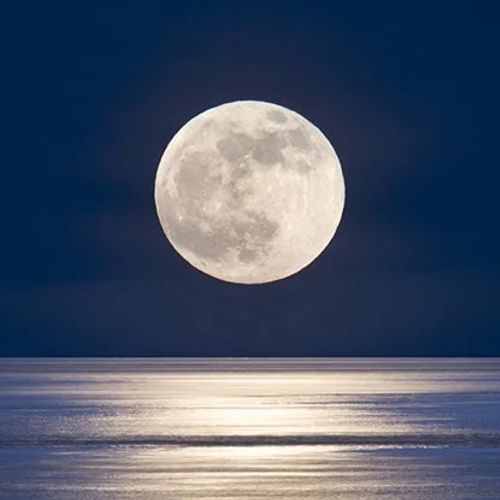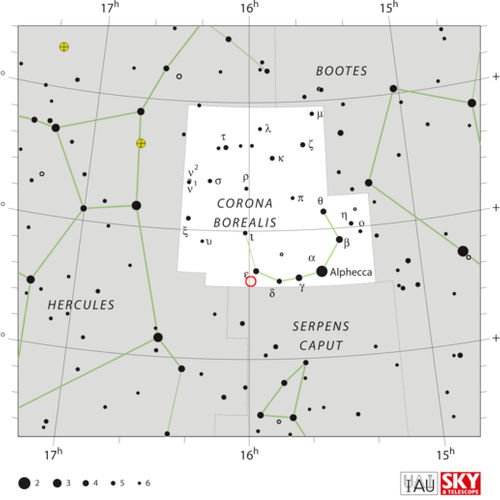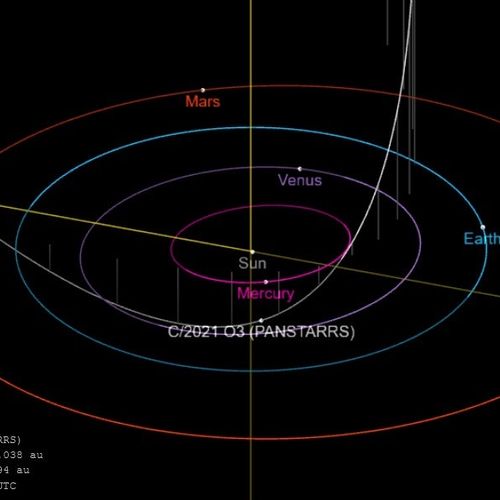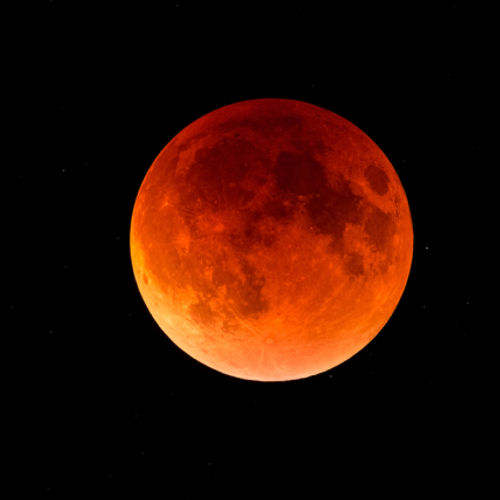
| Added | Wed, 13/07/2022 |
| Источники | |
| Дата публикации | Wed, 13/07/2022
|
| Версии |
The July full moon, nicknamed the Moon of the Tank, will pass through the Earth's sky on Wednesday, July 13. The moon will reach its peak at about 14:38 EDT (1838 UTC) on Wednesday, but the Lhc will not stop there: The moon will be bright and full also on the night of Tuesday and Thursday (July 12 and 14).
To watch a live broadcast of the full Moon rising over Rome, Italy, visit the Virtual Telescope Project website on Wednesday afternoon. The broadcast will begin at 15:00 EDT (19:00 UTC).
Avid observers may notice that the moon looks even bigger and brighter than usual. This is because for the third month in a row, the full moon will be a supermoon - a full moon that occurs when the Moon is near or at the closest point to Earth, also known as perigee. This month, the Moon will reach perigee around 5 a.m. EDT (09:00 UTC) on July 13, just 10 hours before the full moon rises.
According to the website timeanddate.com A supermoon can appear larger and 16 percent brighter in the sky than a normal full moon. The last two supermoons were the June Strawberry Moon and the May Full Moon, the Flower Moon, during which a total lunar eclipse was also observed. The sturgeon moon next month, which will peak on August 11, will be the last supermoon this year, according to the Farmer's Almanac.
What are these fishy, floral names of moons? We turn again to the Maine Farmer's Almanac, which began publishing the names of Native American full moons in the 1930s. According to the Almanac, the Algonquin tribe, who lived in what is now the northeastern United States, called the July full moon the Moon of Bucks, since at this time of year young males usually grow their first horns. Modern cultures have since adopted the Algonquian name of the moon.
According to NASA, the July full moon is also known as a Thunderstorm Moon due to the frequent thunderstorms that occur in early summer.
A full moon occurs about once a month when the Sun, Earth, and Moon align on an invisible 180-degree line. The moon's orbit differs from the earth's by about 5 degrees, so it is usually slightly above or below the earth's shadow, which allows the sun's rays to illuminate the side facing the Earth.
Новости со схожими версиями
Log in or register to post comments









